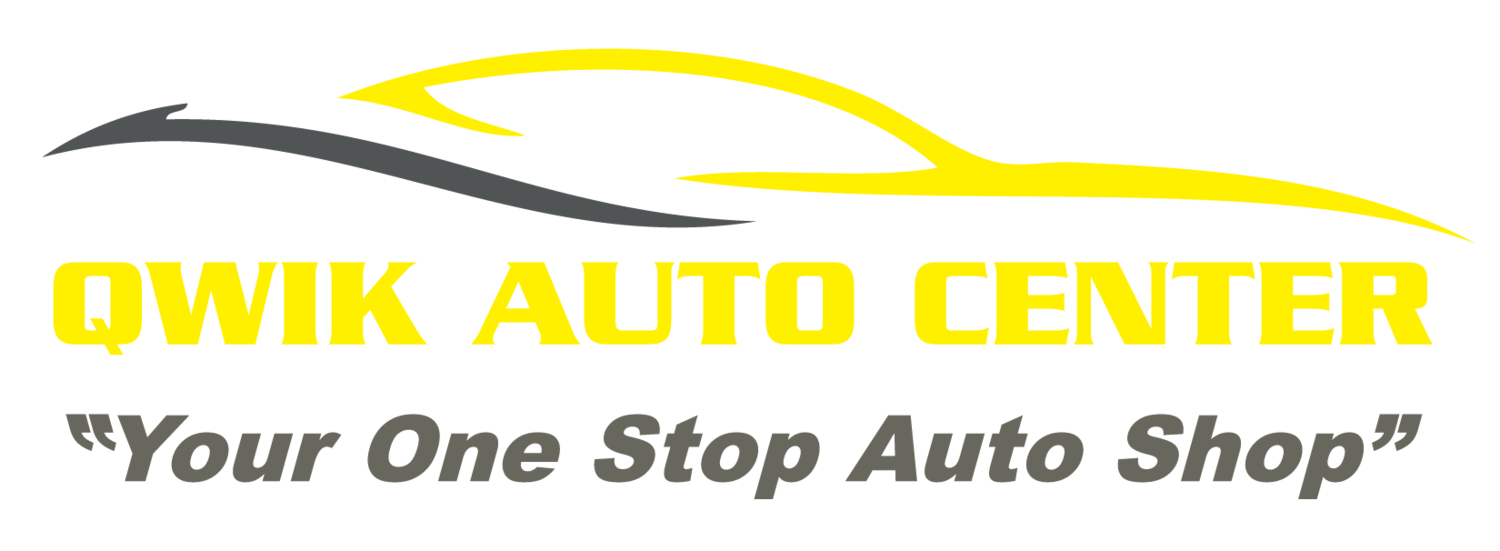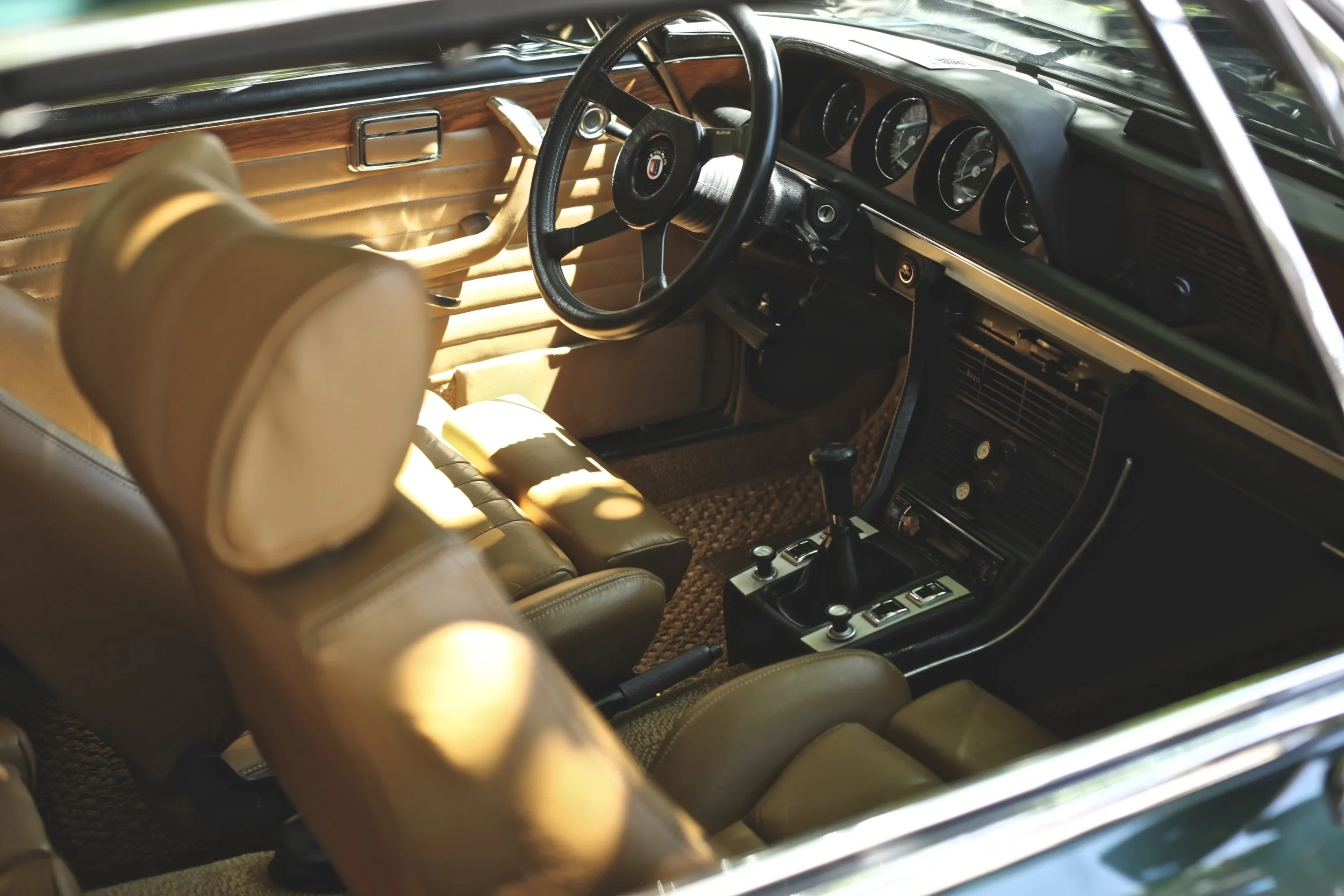What The Lights On Your Dashboard Mean
/What The Lights On Your Dashboard Mean
We’ve all been there: Cruising down the highway and deeply engrossed in a podcast. The miles are flying by, and you’re completely focused on the riveting story. Suddenly, you hear the familiar “Ding!” noise that tells you that your car needs something.
It seems like you just filled up with gas an hour ago, but an alert on your dashboard says otherwise. Fortunately, the illuminated symbol of a gas tank diverts your attention back to the road and you’re able to find a place to refuel just in time.
These days, cars are built with sensors to keep tabs on important systems and alert us when something goes wrong. While automatic monitoring is designed to keep us safe on the road, deciphering what the flashing lights on your dashboard actually mean can sometimes feel more frustrating than helpful.
Elusive as they may be, it’s important to learn what each of the lights on your dashboard means. Not only can they preemptively alert you to a car breakdown or flat tire, but they also remind you to schedule regular maintenance to avoid costly repair bills.
With this in mind, here are the most important lights to watch for on your car’s dash.
- Brake warning light
If you see an image of an exclamation point inside of a circle, something is wrong with your brakes. Usually, the symbol just means the brakes need to be replaced in the near future. However, it can also indicate that your brake system is leaking fluid, which needs to be fixed right away. - Coolant warning light
When the image of a red thermometer with two squiggly lines appears on your dashboard, it means your engine is too hot. Driving with this light on can increase the risk of expensive engine damage, so it’s best pull over to the closest and safest place and call for help. - Tire pressure warning light
The tire pressure warning light is a yellow icon with an exclamation point in the middle. When it flashes, your car is trying to tell you that at least one of your tires is at least 25 percent below the recommended inflation pressure. Find your way to the nearest gas station where you can fill your tire with air. - Engine warning light
This symbol is yellow and shows the outline of an engine. Seeing this light on your dashboard can mean something as minor as a loose gas cap or as serious as replacing your catalytic convertor. Unless you’re familiar enough with car mechanics to sort out the situation on your own, it’s best to just take your car in and get the problem diagnosed by a professional. - Airbag warning light
When you see a symbol that looks like a person playing with a beach ball, it means your airbags are malfunctioning. This potentially means they won’t go off in a crash, or that your car’s airbags could deploy when you least expect it. Either way, it’s important to get it fixed as soon as possible. - Oil pressure warning light
This light is usually red and looks like the outline of an oil can. If you see this symbol, pull over immediately and turn off your car. An engine with low oil pressure can be ruined in seconds. Have your vehicle towed to a qualified shop for diagnosis of the problem and professional repairs. - Battery charge warning light
Seeing a battery symbol while driving means there could be a problem with your car’s electrical system. Your car will keep running as long as there’s still power left in the battery, but since the charging system isn’t working, your car will stop when the battery runs out of juice.
Is there a light flashing on your dashboard?
The lights on your dashboard are your car’s way of telling you something is wrong. Ignoring these warnings is not only dangerous for you and your passengers, but doing so could also wind up damaging your car, resulting in expensive repairs down the road.
At QWIK Auto Center, your safety is our number one priority. If you see a light flashing on your dashboard, don’t wait. Give us a call or stop by our shop in Pacific Beach to have one of our trusted technicians diagnose the problem. We promise to get you and your vehicle safely back on the road as soon as we can.

